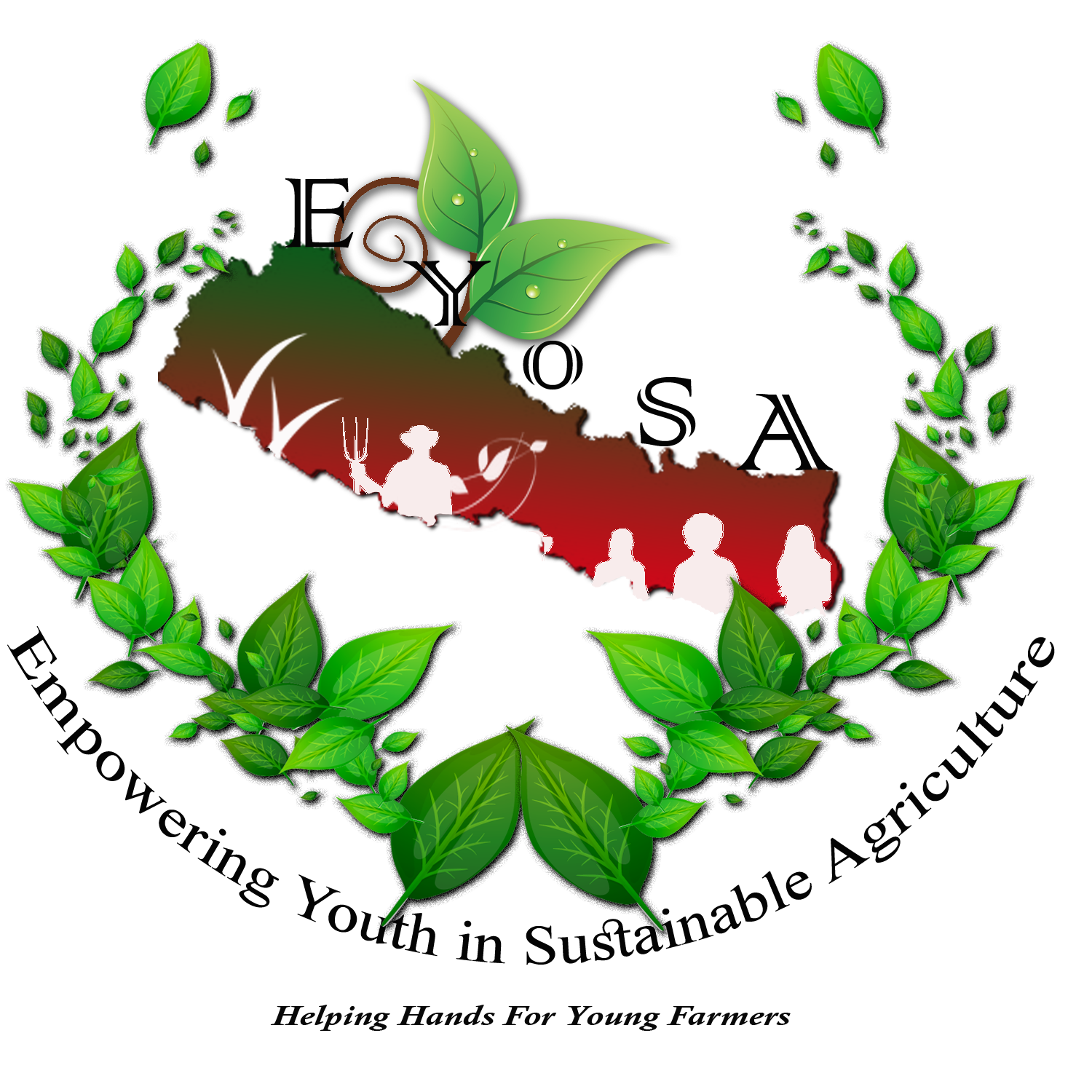Sloping Agriculture Land Technology (SALT)
- EYoSA

- Dec 13, 2018
- 2 min read
Updated: Dec 25, 2018

PHOTO COURTESY: Jitendra raj Bajracharya
Sloping Agriculture Land Technology (SALT)
Sloping Agriculture land technology (SALT) is a technique in which fast growing perennial nitrogen fixing trees or shrubs, as a hedge row, in double rows are planted along the contour lines using A frame.SALT finds its potential in hilly region of Nepal where there are slopy lands and undulating topography.There is high annual loss of soil through leaching loss or fertility loss due to haphazard method of agriculture practice. It is a portfolio of various techniques which helps in amelioration of soil quality and also strengthens the soil sustainability.The hedge rows acts as natural barrier for soil erosion by trapping the eroded sediments and thus transforming slopy lands to terraced land.The perennial nitrogen fixing trees or shrubs like Flemingia macrophylla, Desmodium rensonii helps in augmenting the nitrogen content of soil by increasing biological nitrogen fixation.The hedge row which is considered as a key tool of SALT not only contributes for soil fertility but also it provides ample biomass which serves as a mulch thus , increasing the moisture retention of soil,increasing organic matter content,blanketing the soil and controlling erosion,increasing the activities of microorganisms.Thus,it helps in restoration of soil fertility.Moreever, trees which are planted in hedge row have deep roots thus,they bring the nutrients from beneath the soil to the surface thus,making nutrient availability for other shallow rooted plants (Sanchez 1997).SALT provides harvest for the crop throughout the year .SALT is a package with crops grown on the basis of their nutrient requirement thus, it also alleviates the problem of nutrient exhaustion from the soil which is conspicuous in monocropping system. Leaf litter from different strips and hedge row promotes the soil fertility by adding organic matter ,tree leaf controls the speed of rain drops and allow them to go to the the land surface slowly and thus decrease soil loss, increases infiltration ,high potential of source of water reservoir in future due to accumulation of excess leached water and such conditions are very suitable for growth of microorganisms and plants in the soil (Pandey, 2007).
Reference
ECHO. (2012). SALT: sloping agricultural land technology. ILEIA Newsletter, 4(1), 8–9.



Comments